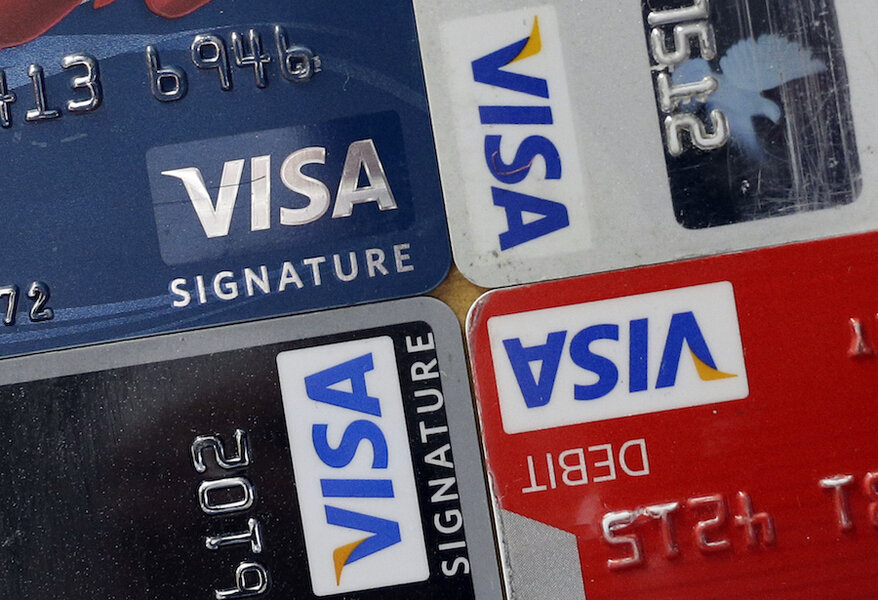How to effectively manage your credit card spending
Loading...
For many people, credit cards can be a tricky beast. They can either be a powerful financial tool or a gateway to debt and stress. Properly managing your credit cards is crucial if you hope to get the good without the bad. In this quick guide, we’ll go over the four key strategies you can employ to make sure you’re always on the on the winning side of credit card spending.
Actually read through your monthly statements.
A surprisingly high number of people don’t bother going through the items listed on their monthly credit card statement. This is especially common among users who set up an auto-pay feature on their account. This presents a host of problems. First and foremost, not reading through the individual items leaves you vulnerable to fraud charges. While in most cases you aren’t liable for any fraudulent purchases made with your credit card account, if they go unreported that is a moot point. Banks will not always successfully identify a fraudulent purchase – especially if they are made close to where you live. If this happens, and you simply pay your bill never giving it a second look, you’ll be financing a fraudster’s purchases.
Use the credit card bill to track spending.
This goes along with the above point of reading through your statement. Your monthly bill provides you with a convenient summary of where your money is flowing. This can help out individuals with one of the toughest parts about creating a budget – taking an inventory of our purchases. Sit down and go through your past month’s purchases. Try to identify those that were necessary and those that weren’t. You may be surprised about how much wasteful spending you engage in, and how big of an impact this may have on your finances. Once you identify problems in your budget, try to carry those lessons with you as you move forward.
Don’t confuse your credit limit with your spending limit.
If your budget allows for $200 in purchases, but you have a credit card with a $500 limit, how much can you afford to spend? The correct answer is “no more than $200”. Some people erroneously mistake their credit limit for their spending limit. Just because you can make a purchase, doesn’t mean you can afford it. All the money you spend using your credit card should only be the money your budget allows you to spend. Ideally, consumers shouldn’t be carrying a balance on their card month-to-month, thus avoiding interest charges.
If possible, time your card applications next to big purchases.
Today, credit cards come with some of the most lucrative sign-up bonuses ever. Some of the top cash back credit cards, for example, can provide users with up to $150 back after spending just $500 – a 30% return. If you’re someone who is a really big spender, and happen to have a good enough credit score, you can probably qualify for miles and points cards that have bonuses worth well over $700. The problem? They typically require you to spend a lot of money in a short timeframe. For example, you may be required to spend $3,000 within 3 months. One way to get around that is to pan your credit card applications around how and when you spend the most. If there is a bonus you know you want to get, consider what time of the year will make that easiest for you. Perhaps you always book your vacations around May, or make all your holiday purchases around November. Consider these things, and apply for a card once you know hitting that early spend bonus will be easiest.
This story originally appeared on ValuePenguin.







